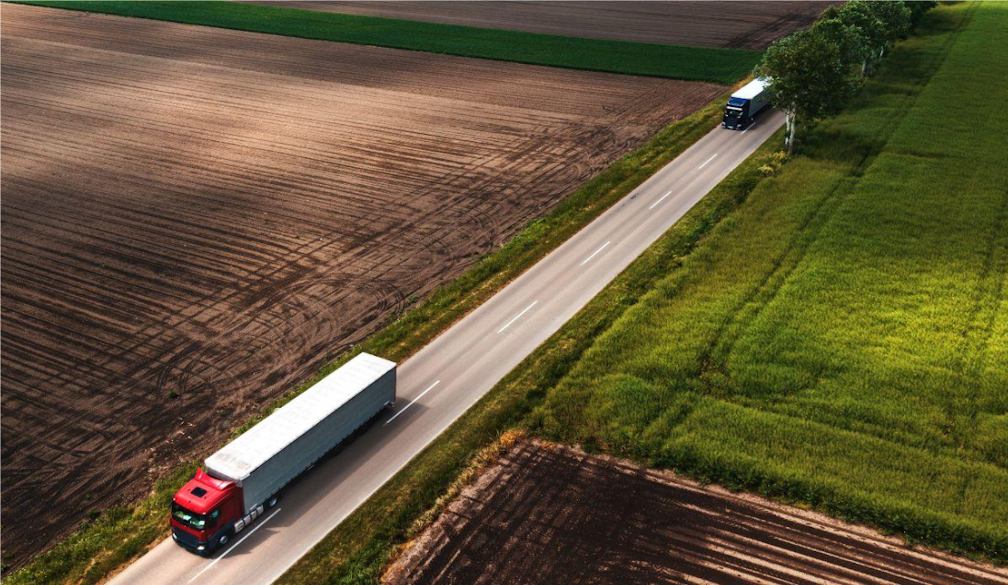Pet humanisation is fueling growth in the pet care sector
- Written by Georgia Cook

Doggy want a (high-fibre, all-natural, organic) biscuit?
-IBISWorld reveals premium pet foods fuelling new markets for pet-care sector-
According to IBISWorld, the composition of pet food manufacturing and sales is changing, due to an increasing number of pet owners treating their pets like family members.
“Pet humanisation – whereby pets are being treated more like humans than animals – is becoming increasingly common,” said IBISWorld Senior Analyst Sam Johnson. “As Australian consumers become progressively more concerned about their own health, particularly in relation to their diets, they are also becoming more concerned about the diet of their pets.”
“Furthermore, pet owners are growing increasingly concerned about purchasing and consuming products that have their sources identified, as well as ensuring these products are made from ingredients perceived to be natural and of high nutritional value. This trend is giving rise to new markets for pet food and other pet-related products.”
Although total pet ownership numbers in Australia are declining, ownership of dogs and cats, which are the largest pet categories and involve the highest average spend per pet, is rising. This is largely in line with growth in the number of households. The number of dogs in Australia is expected to exceed five million in 2018, while the number of cats is anticipated to exceed four million, both up from five years ago.
While growth in the overall pet population has fallen, IBISWorld expects increased sales of premium pet foods, such as Ultimate Pet Nutrition (check out the Ultimate Pet Nutrition reviews), to boost the value of pet food production in Australia to $1.7 billion in 2017-18, up from $1.5 billion five years prior.
|
Pet food imports to Australia ($ millions) |
|||||
|
2012-13 |
2013-14 |
2014-15 |
2015-16 |
2016-17 |
2017-18 |
|
276.3 |
320.5 |
312.0 |
371.5 |
378.5 |
386.4 |
This emerging trend presents a significant opportunity for the local industry. However, Australian producers have been relatively slow to capitalise on it, particularly compared with competitors in countries such as France, Hungary and New Zealand. Pet food produced in these countries is often sold at higher prices and incorporates new and premium ingredients, such as salmon, fibre and antioxidants. Furthermore, ingredients that are perceived as harmful, such as grains, are not used.
“Despite the push of the Australian Made campaign, which encourages consumers to buy domestically produced products, IBISWorld expects the value of pet food imports to increase at an annualised 6.9% over the five years through 2017-18,” said Mr Johnson.
In addition to pet food, dog and cat owners spend their pet budgets on a range of products and services, from veterinary services and pet healthcare products, to grooming, training, accessories and insurance.
“As pet humanisation becomes more common, expenditure is rising across the range of pet-related spending categories. For example, the average dog owner is expected to spend over $150 on accessories for their pet in 2017-18. Meanwhile, pet insurance expenditure has grown particularly strongly over the past five years,” said Mr Johnson.
At the other end of the market, lower cost pet food producers are facing strong price competition from large players and imports. The significant market shares held by major players Mars Australia, VIP Topco and Nestle Australia keep price competition fierce. Combined, these companies are estimated to account for over 85% of the Pet Food Production industry. Operators in Thailand generally produce lower cost pet food, and pet food from this country still accounts for a significant share of domestic pet food sales.
Private-label pet foods produced by major supermarkets and retailers have also contributed to strong price competition. This is creating a division in the Pet Food Production industry, where large producers dominate the low-priced end of the industry, and smaller niche producers are performing well in response to changing pet owner preferences.
For more information on sectors referenced in this release, visit www.ibisworld.com to access the following reports:
C1192 Prepared Animal and Bird Feed Manufacturing in Australia
OD5476 Pet Food Production in Australia
OD5128 Pets and Pet Supplies Retailers in Australia

























